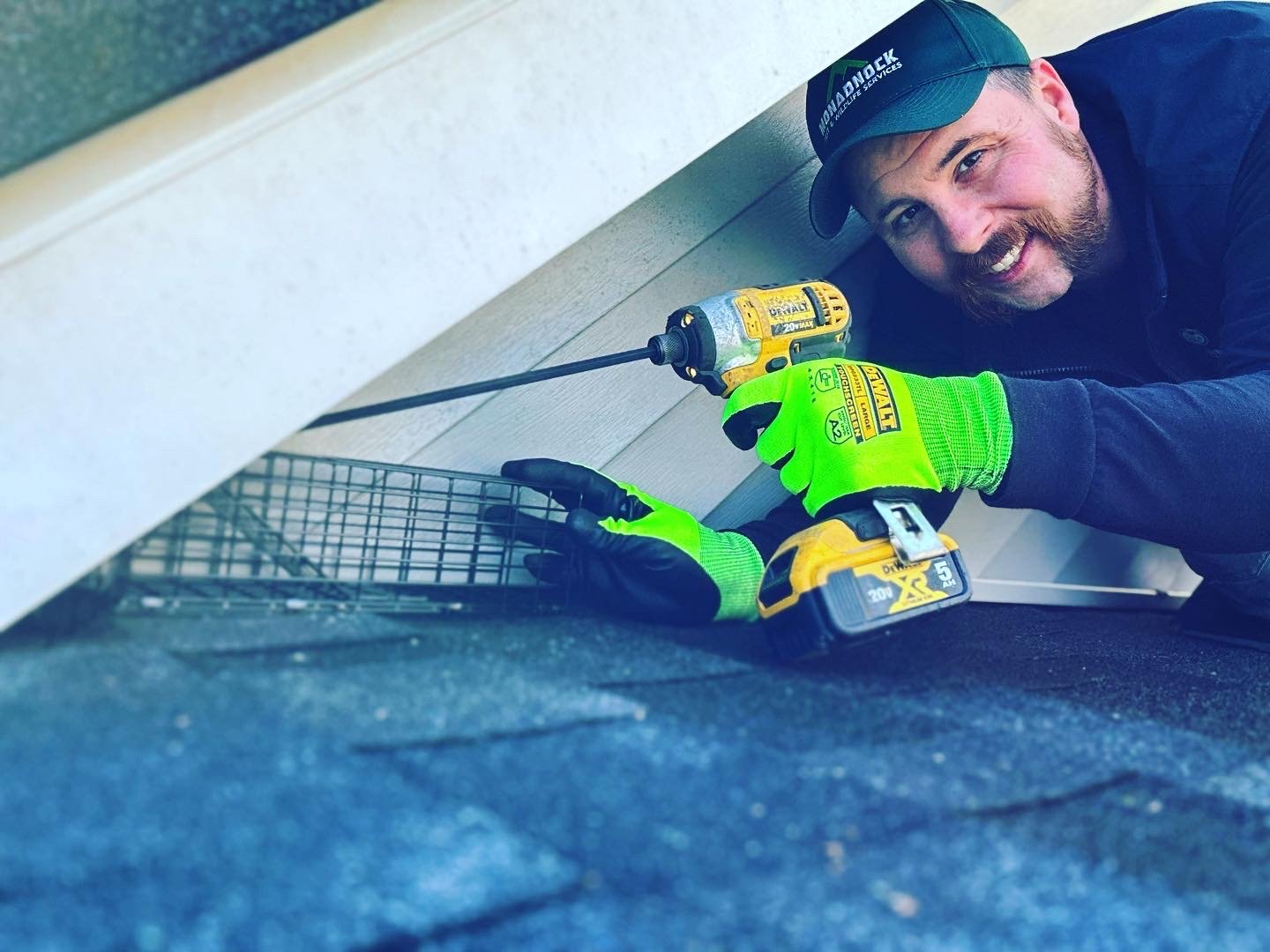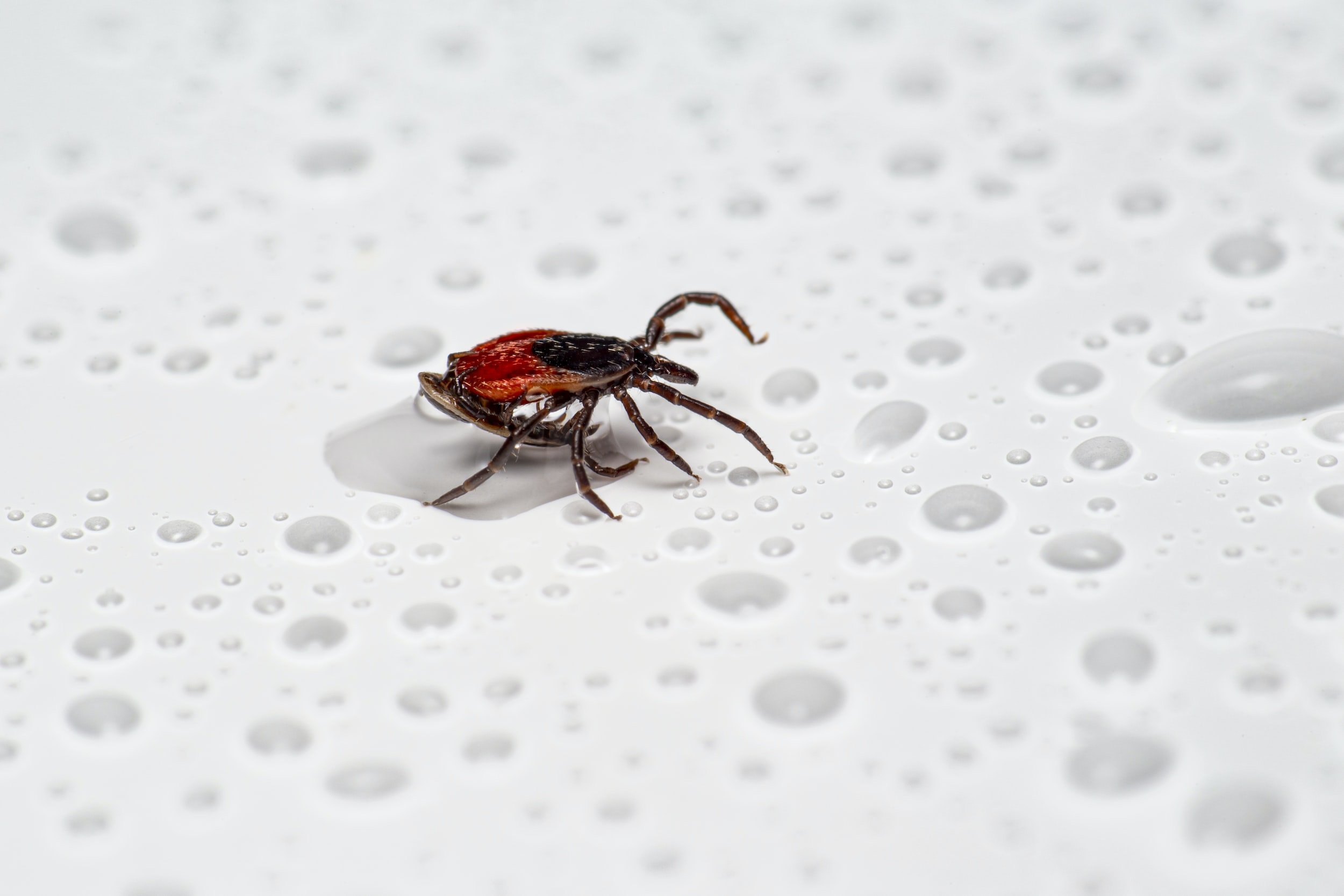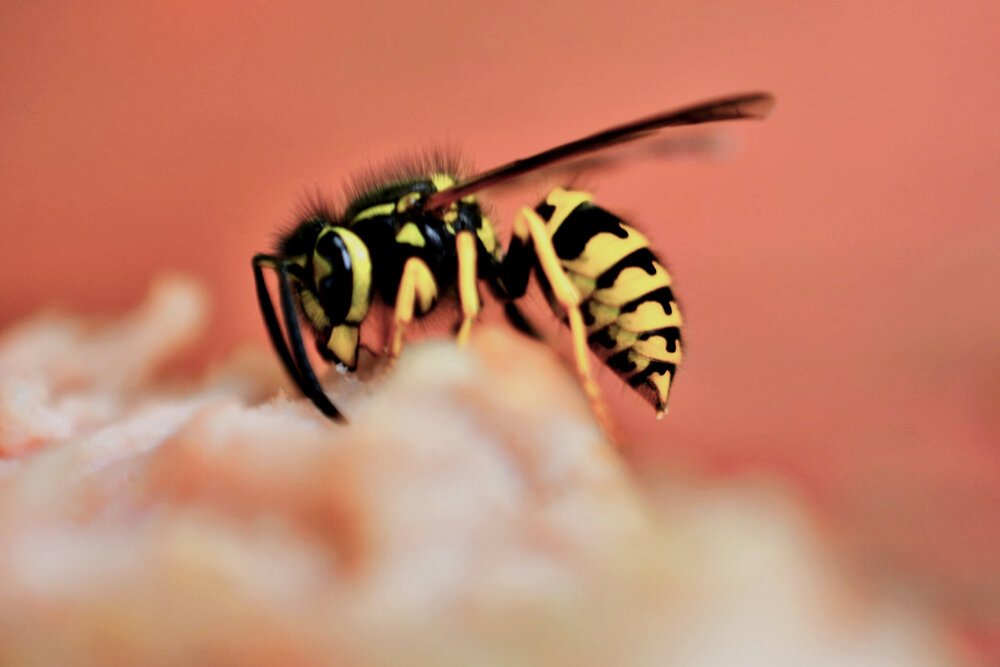The Pest Blog

Wasp Control: Taking the “sting” out of summer sizzle
New Hampshire is home to several species of stinging insects that all fall under the same family known as Vespidae; all with varying degrees of temperament around humans. One of the most common bouts of confusion surrounding stinging insects is identification, and the reference to such. Wasps are not the same as bees, and hornets are not the same as solitary wasps. Understanding the differences between species and genus is paramount to determining whether the stinging insect you’ve encountered poses a safety threat.

Ants Around The Home: A Brief Summary
Of all, the Carpenter Ant is arguably the most prolific household pest in New Hampshire. So how can the average homeowner defend your most expensive real estate investment? There are some small tasks to help reduce the presence of ants.

Damage from Above: Don’t let pests go “over your head”.
Whether its soiled insulation posing health risks and impacting coveted R-value for home heat efficiency, hazardous electrical wiring gnawed by persistent rodents, or structural damage caused by wood-destroying and boring insects; what you can’t see above you may pose serious problems.

Tick or Treat: Fall Tick Activity Brings Little Reprieve
As New Hampshire’s fall season is by now well underway, the season also brings added run-ins with those pesky parasites - ticks! Fall season is when these blood feeders, most notably Blacklegged ticks, a species which carries Lyme disease and other tick-borne infections, are the most active.

New Hampshire snow loads help predict spring pest pulse
Although February in New Hampshire doesn’t tend to elicit thoughts of mosquitoes, ticks, and other pesty summer critters, the season’s iconic snow cover may provide a barometer of what we can expect for pest pressure this coming spring.

Late Season Stingers: The “buzz” with Autumn yellow-jacket activity.
While present throughout the spring and summer, yellow jacket nests are at their largest during late summer and early fall (with each nest boasting roughly 1,000-4,000 workers). As the number of developing larvae increases throughout the season, workers will forage and expand upon the nest construction; doubling the size of the colony every few weeks throughout the summer.
